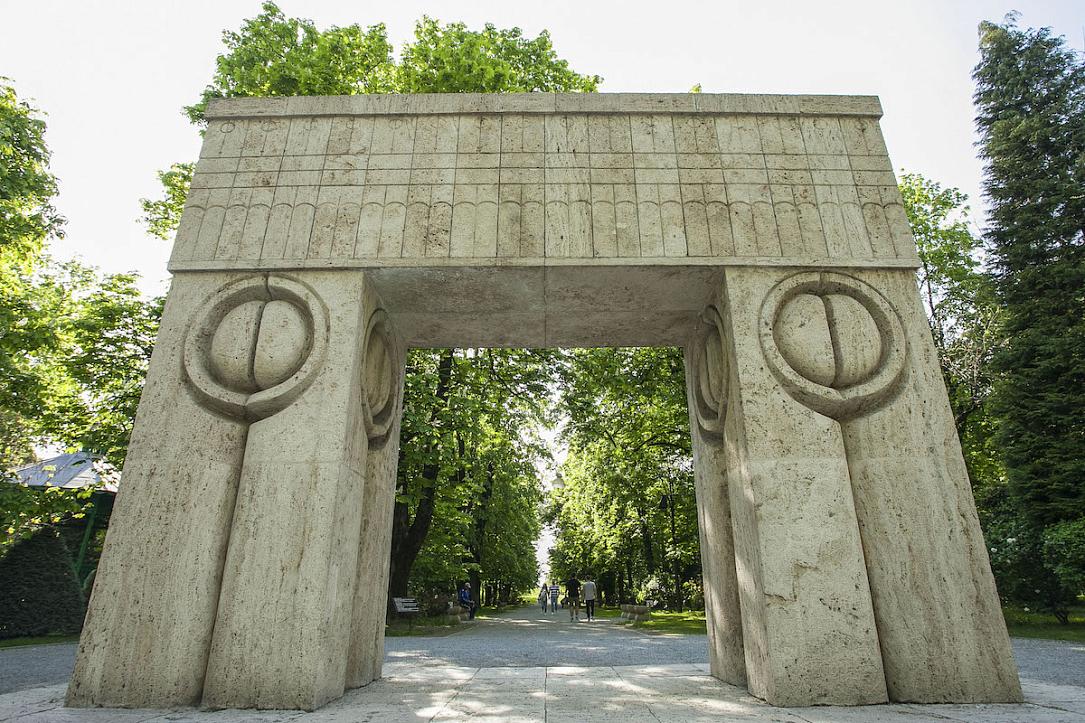Romania’s Brâncuși Ensemble, Frontiers of the Roman Empire-Dacia added to UNESCO World Heritage list



UNESCO added two new sites from Romania to the World Heritage list this past weekend: the Brâncuși Monumental Ensemble of Târgu Jiu and the Frontiers of the Roman Empire - Dacia. The new entries complete the Romanian presence on the UNESCO heritage list, which includes nine other cultural and natural sites.
The decision was taken by the World Heritage Committee at its 46th session taking place until July 31 in New Delhi, India, the Romanian government announced.
“Romania resubmitted the nomination file for the ‘Avenue of Heroes’ Monumental Ensemble in 2018 following efforts of the Romanian government after a first file submitted in 2013 was withdrawn in 2015. Starting in 2022, the issue was the subject of an inter-institutional working group initiated by the Ministry of Foreign Affairs in order to coordinate efforts to support and promote national files at UNESCO,” reads the government’s announcement.
The monumental ensemble of Târgu Jiu was created in 1937-1938 by Constantin Brâncuși to commemorate those who died defending the city during the First World War. Built gradually, it includes the Endless Column, the Gate of the Kiss, and the Table of Silence, connected by the Avenue of Heroes.
The Frontiers of the Roman Empire - Dacia represents the most complex nomination for the World Heritage List prepared by Romania so far, the government said. The file submitted in 2023 contains 285 components - legionary camps and auxiliary camps with civilian settlements, marching camps (temporary), and towers, proposed individually or in groups, and also including other fortification elements - distributed along more than 1,000 kilometers in 123 administrative-territorial units, respectively in 16 counties of Romania.
The new entries join nine other Romanian sites previously added to the UNESCO list, namely the Danube Delta (1991), Villages with fortified churches from Transylvania (1993), Churches from Moldova (1993, 2010), Hurezi Monastery (1993), Dacian Fortresses from Orăștiei Mountains (1999), Sighișoara Historical Center (1999), Wooden Churches from Maramureș (1999), old-growth and virgin beech forests of the Carpathians and other regions of Europe (2017), and the Roșia Montană cultural mining site (2021).
irina.marica@romania-insider.com
(Photo source: Inquam Photos / Tudor Costache)